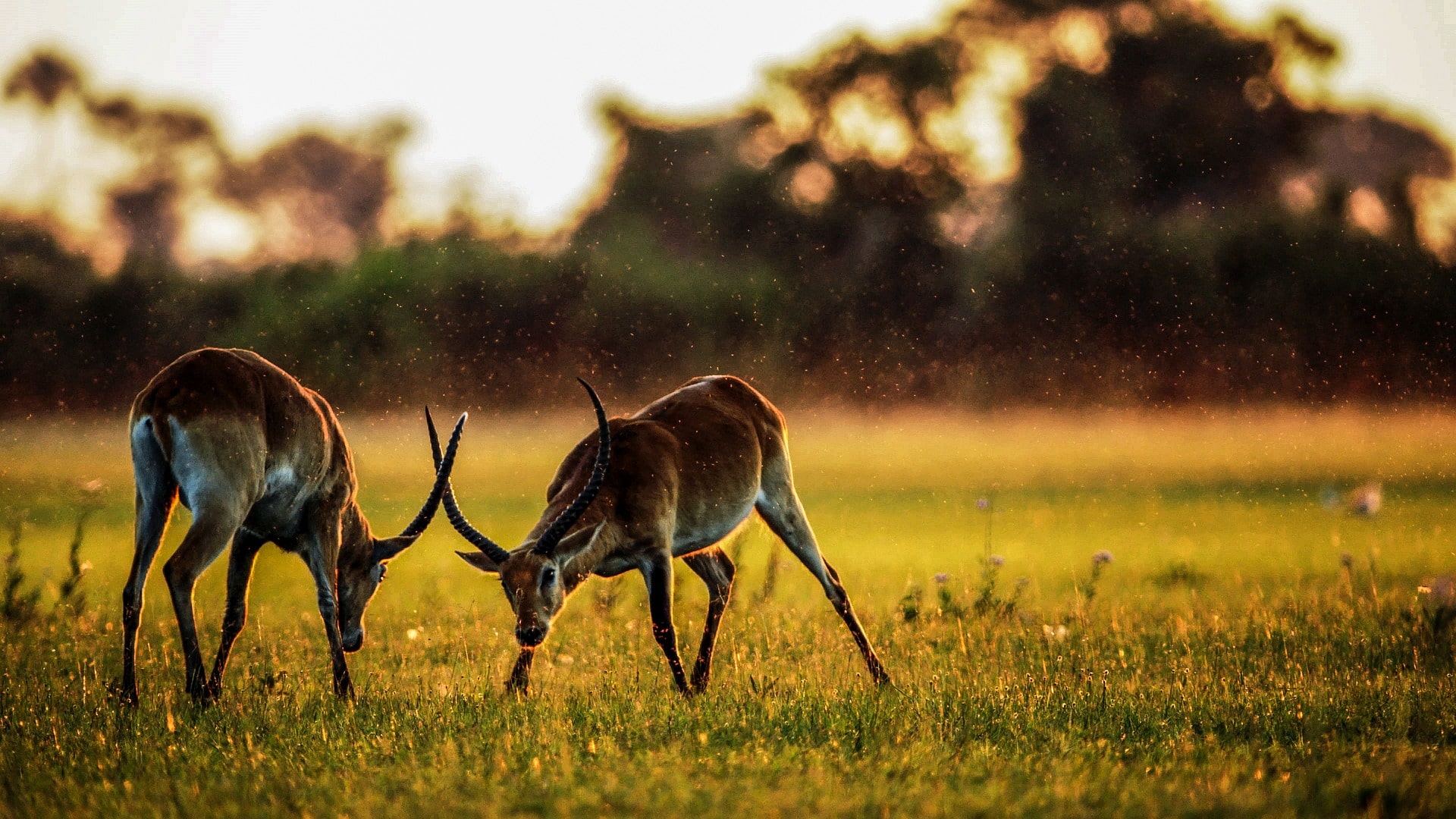Welcome to Journeeo
Angola, a country often overshadowed by its more famous neighbors, is a hidden gem for wildlife enthusiasts. Its diverse landscapes—ranging from lush rainforests to arid deserts—support a wide array of unique and fascinating wildlife. This article delves into Angola’s distinctive animal species, providing insights into the country’s rich biodiversity.
1. Giant Sable Antelope (Hippotragus niger variani)
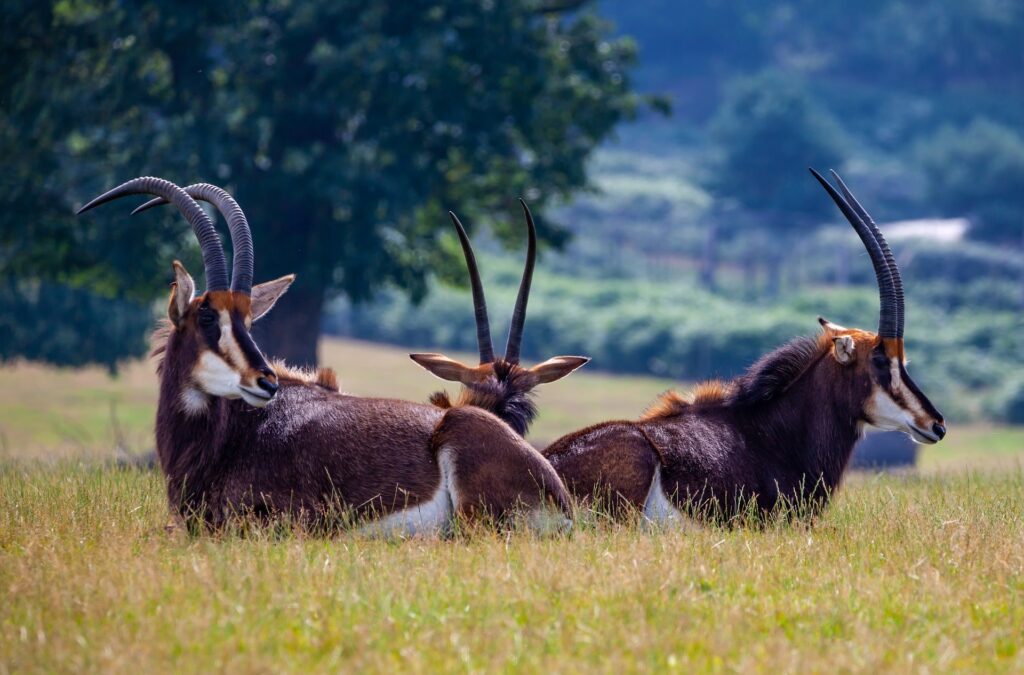
Overview
The Giant Sable Antelope is perhaps Angola’s most iconic and rare wildlife species. Native to the country’s central and southwestern regions, it is a subspecies of the sable antelope distinguished by its impressive size and striking appearance.
Unique Features
- Size and Appearance: Males can reach up to 1.4 meters at the shoulder and weigh over 300 kilograms. They are characterized by their long, curved horns and a distinctive black coat.
- Rarity: The Giant Sable Antelope is critically endangered, with conservation efforts focused on preserving its habitat and preventing poaching.
- Behavior: These antelopes live in herds and are known for their strong territorial nature.
Conservation Status
The Giant Sable Antelope is classified as Critically Endangered, with ongoing conservation programs aimed at increasing its population and protecting its natural habitat.
2. Angolan Lion (Panthera leo bleyenberghi)

Overview
The Angolan Lion, also known as the Southwestern Lion, is a subspecies of the African lion found primarily in Angola’s northern and western regions. It is one of the less studied lion subspecies but is known for its distinct genetic and ecological characteristics.
Unique Features
- Appearance: Angolan Lions typically have a slightly lighter coat compared to other lion subspecies, with males having less pronounced manes.
- Habitat: They inhabit a range of environments, from savannahs to semi-arid regions, and are adapted to Angola’s varied landscapes.
- Behavior: Like other lions, Angolan Lions are social animals that live in prides and are apex predators in their ecosystem.
Conservation Status
The Angolan Lion is classified as Endangered due to habitat loss, human-wildlife conflict, and poaching. Conservation efforts focus on habitat protection and anti-poaching measures.
3. Black-tailed Bush Squirrel (Paraxerus lucifer)
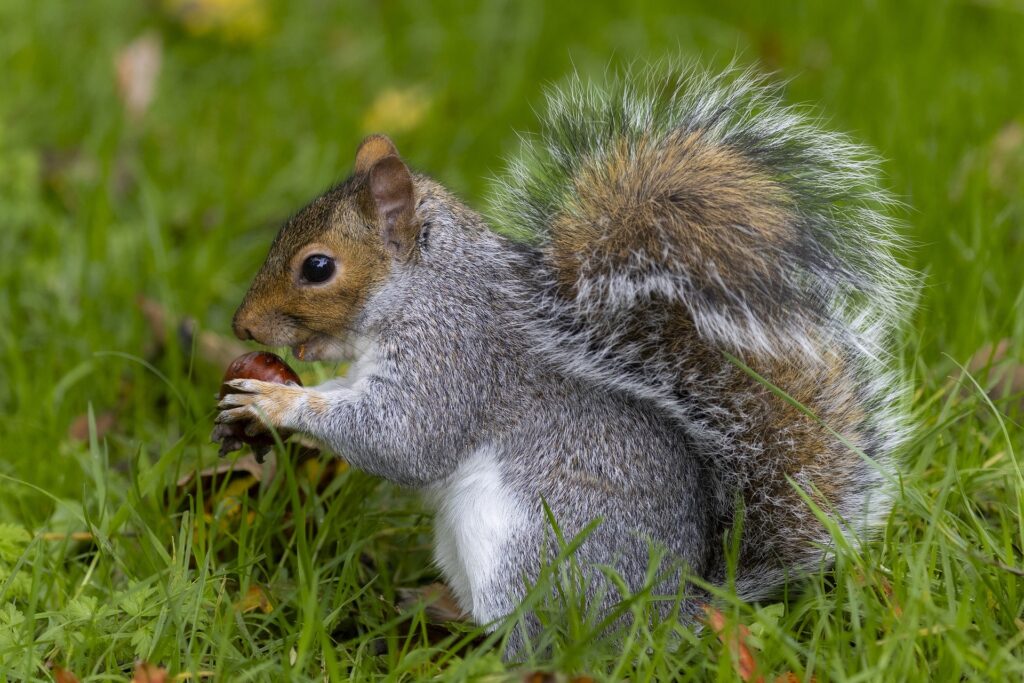
Overview
The Black-tailed Bush Squirrel is a small, elusive rodent found in Angola’s forests and woodlands. It is known for its distinctive tail and arboreal habits.
Unique Features
- Appearance: It has a bushy tail with a black tip, which is used for balance and communication.
- Habitat: Prefers forested and wooded areas, where it nests in trees and feeds on fruits, nuts, and insects.
- Behavior: The Black-tailed Bush Squirrel is mainly diurnal and spends much of its time foraging and climbing.
Conservation Status
The Black-tailed Bush Squirrel is not currently listed as endangered, but habitat destruction could pose future risks to its population.
4. Angolan Colobus Monkey (Colobus angolensis)

Overview
The Angolan Colobus Monkey, also known as the Angolan Black-and-white Colobus, is a striking primate native to Angola’s forests and woodland areas.
Unique Features
- Appearance: It has a distinctive black and white coloration, with a long, flowing tail and a mane of white fur around its neck.
- Habitat: Inhabits tropical rainforests and forested regions, where it primarily feeds on leaves and fruits.
- Behavior: The Angolan Colobus Monkey is arboreal and lives in social groups, often seen leaping between trees and foraging for food.
Conservation Status
This species is currently classified as Near Threatened due to habitat loss and hunting. Conservation efforts focus on preserving its forest habitat and monitoring populations.
5. Angolan Painted Wolf (Lycaon pictus)

Overview
The Angolan Painted Wolf, also known as the African Wild Dog, is a highly social and endangered species found in Angola’s savannahs and woodland areas.
Unique Features
- Appearance: The Painted Wolf is recognized by its unique coat pattern, which features irregular patches of black, brown, and white.
- Habitat: Prefers open savannahs and woodland, where it hunts in packs and relies on its social structure for survival.
- Behavior: Known for its complex social behavior and hunting strategies, the Painted Wolf is a cooperative predator that relies on teamwork to capture prey.
Conservation Status
The Angolan Painted Wolf is classified as Endangered due to habitat loss, human-wildlife conflict, and disease. Conservation efforts are focused on habitat protection and disease management.
6. Kirk’s Dik-dik (Madoqua kirkii)
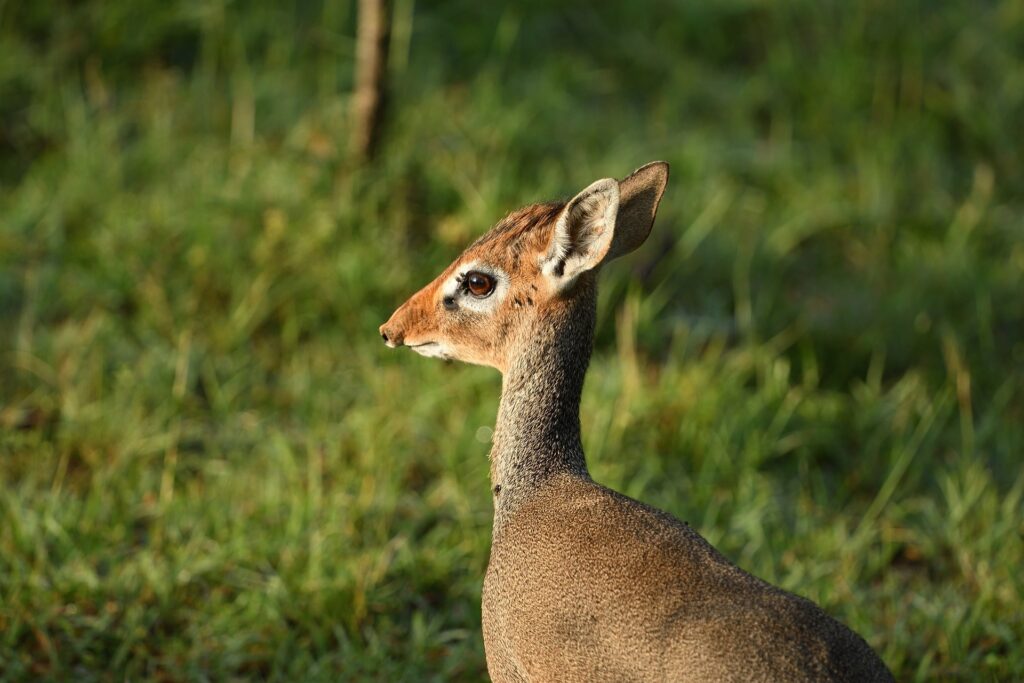
Overview
Kirk’s Dik-dik is a small antelope species found in Angola’s arid and semi-arid regions. It is known for its diminutive size and unique adaptations to its environment.
Unique Features
- Size: One of the smallest antelope species, with adults standing around 40 cm tall at the shoulder and weighing between 3 to 5 kilograms.
- Appearance: It has a distinctive, elongated nose that helps it stay cool in its hot environment.
- Behavior: Kirk’s Dik-dik is a solitary and territorial animal, often found in pairs or small groups.
Conservation Status
The species is currently classified as Least Concern, though habitat loss and hunting could impact future populations.
7. Angolan Shrew (Crocidura angolensis)
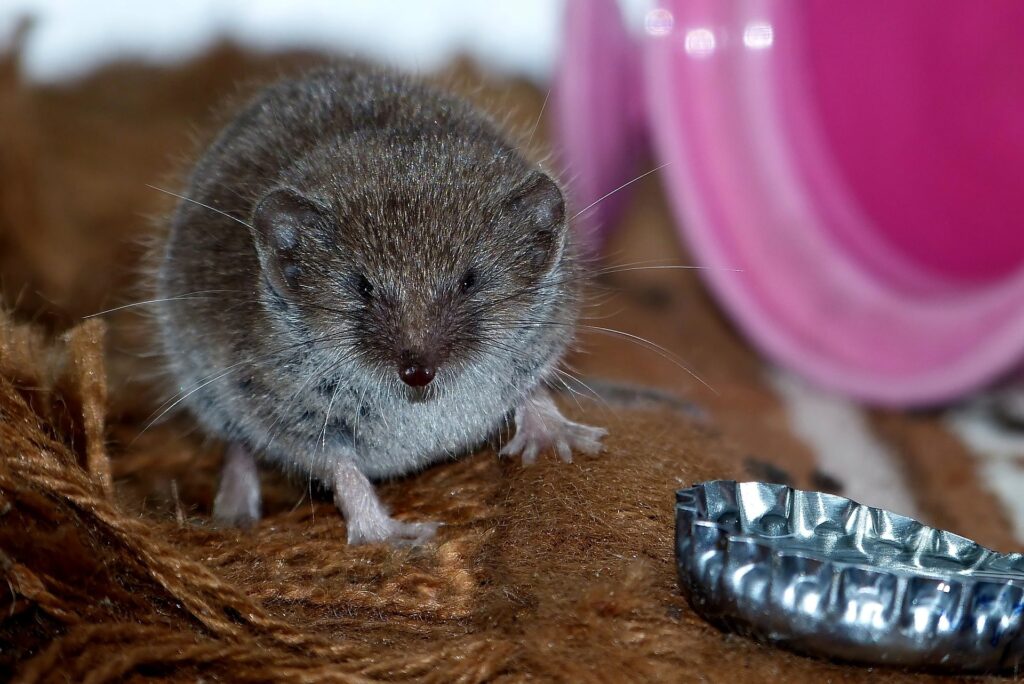
Overview
The Angolan Shrew is a small, insectivorous mammal native to Angola’s forested and bushy areas.
Unique Features
- Size and Appearance: Small in size, with a slender body and a long, pointed snout adapted for foraging insects.
- Habitat: Found in a variety of habitats, including forests, savannas, and shrublands.
- Behavior: Primarily nocturnal and highly active, foraging for insects and other small invertebrates.
Conservation Status
The Angolan Shrew is not currently listed as endangered, but changes in land use and habitat destruction could pose future threats.
Conclusion
Angola’s unique wildlife is a testament to the country’s rich biodiversity and varied ecosystems. From the critically endangered Giant Sable Antelope to the elusive Angolan Painted Wolf, Angola offers a range of remarkable species that contribute to the continent’s ecological tapestry. Conservation efforts are crucial for protecting these species and their habitats, ensuring that Angola remains a sanctuary for its unique wildlife.
Some of the rarest wildlife species in Angola include the Giant Sable Antelope, Angolan Lion, and Angolan Painted Wolf. These species are critically endangered and face threats from habitat loss, poaching, and human-wildlife conflict.
Conservation efforts in Angola focus on habitat protection, anti-poaching measures, and community engagement. Organizations work to preserve natural habitats, monitor wildlife populations, and educate local communities about the importance of conservation.
Angola’s unique wildlife can be observed in its national parks and protected areas. Notable locations include the Kissama National Park, Cangandala National Park, and the Iona National Park. These areas provide opportunities for wildlife viewing and contribute to ongoing conservation efforts.

